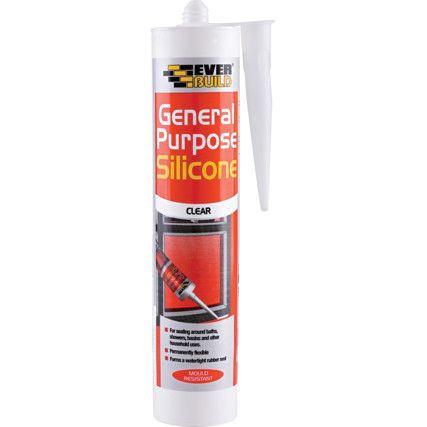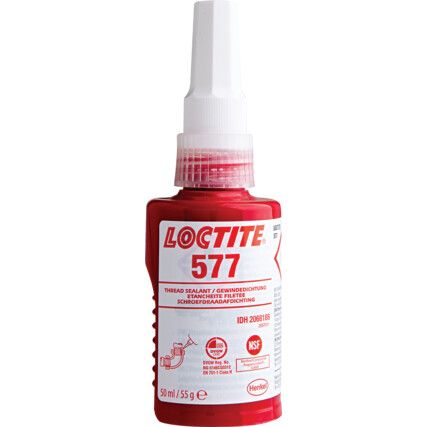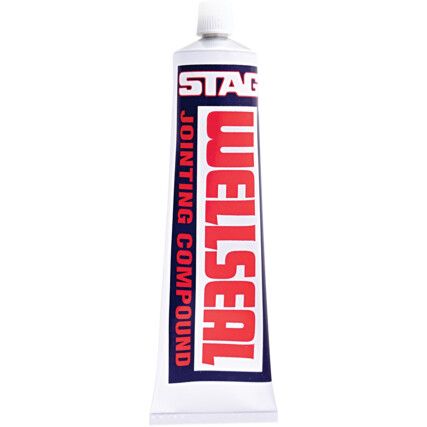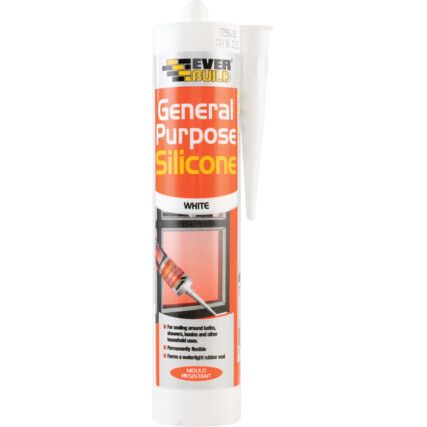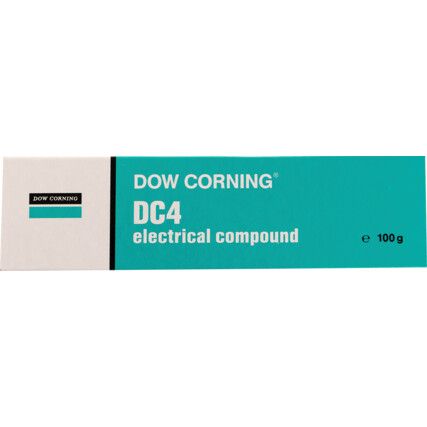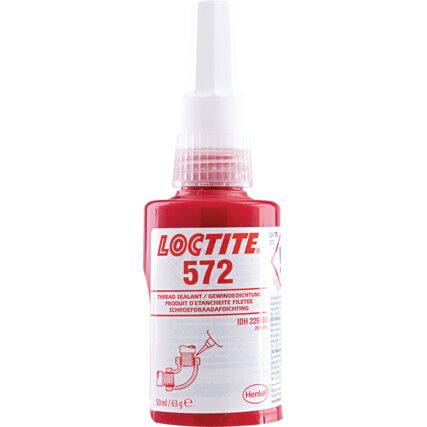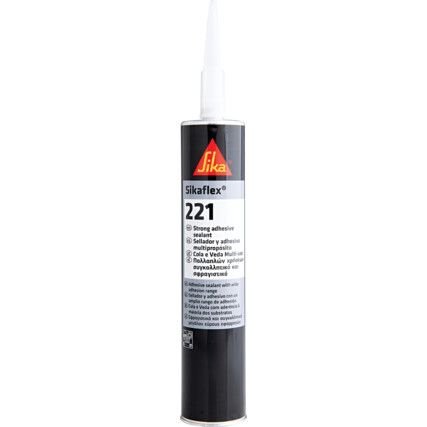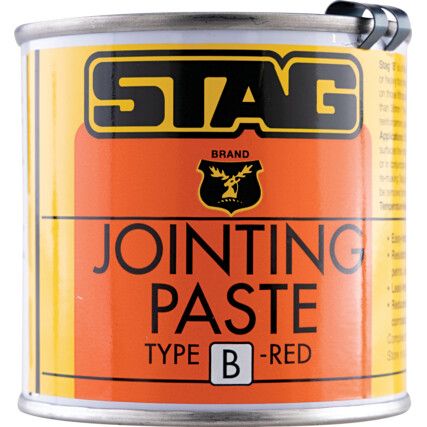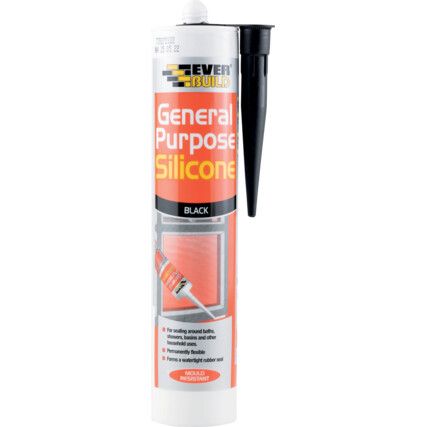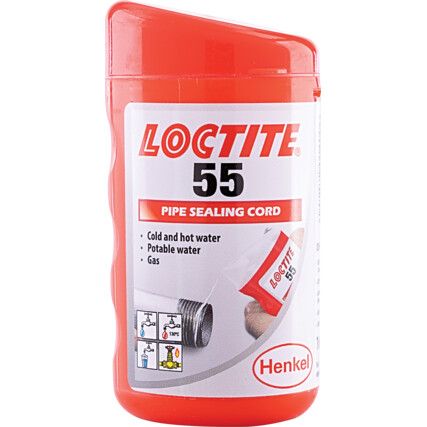Sealants
Buy sealants at great prices online now at Cromwell. We stock a wide range of high-quality sealants in various colours and types to suit your project. Choose from market-leading brands, like Loctite®, Everbuild®, Bostik®, Ceresit®, 3M™ and Stag®.
What are sealants?
Sealants are used to create a seal in joints and gaps to connect one edge of material to another. There are a wide range of sealants designed to fulfil various sealing requirements, such as a watertight seal around a bath and basin, or a seal around a recently fitted skirting board to create a neat finish. They're also used to block noise and dust and are suitable for both indoors and outdoors for various construction and filling projects.
Sealant types
Sealants are useful in a range of industries, and as a result, there are lots of different types to suit different requirements.
• Acoustic sealants - These are used to fill gaps and feel soft and cushioned once dry to prevent any noise escaping.
• Acrylic sealants - Derived from acrylic resins, this type of sealant is suitable for painting, but shouldn't be used in locations exposed to water.
• Adhesive sealants - Designed to fix and seal lightweight items, this type of sealant is ideal for skirting boards and trims.
• Butyl sealants - Ideal for external use, this type of sealant provides a strong grip and can handle itself against the elements.
• Elastic sealants - These retain flexibility once dry and are used to create a waterproof seal in larger gaps.
• Foam sealants - Designed to expand and fill larger gaps when fitting doorframes and windows, these sealants provide a dense but easily trimmed barrier once dry.
• Latex sealants - Ideal for interior finishing, this type of sealant is economic and easy to use.
• Polysulfide sealants - This type of sealant is used by professionals and is unique in its ability to resist a range of chemicals including petrochemicals and be fully immersed in liquids for extended periods of time.
• Polyurethane sealants - A more expensive sealant than most, this type can be used on a wide range of materials and produces a tough and durable seal.
• Silicone sealants - A popular choice for bathrooms, this type of sealant is water-resistant and flexible.
• Urethane sealants - These sealants are extremely strong and can be painted.
Considerations when choosing sealants
• Gap size - as discussed above, there are some types of sealants better designed to handle larger gaps than others. To ensure you get the finish you want; read our handy guide above.
• Properties - ensure that your chosen sealant performs in the way you want it to. If you want to paint it or maintain a flexible seal then ensure you check the suppliers' attributes and the supplied technical data sheet for more information.
• Location - some sealants shouldn't be used externally, while others are intended for exactly that. Check the UV performance for any sealant used out of doors to ensure your work doesn't degrade faster than you anticipated.
Sealant jargon buster
For products required to consistently produce a reliable seal, a labelled quality standard on the packaging reassures that the product is compliant with stringent rules and testing. We've outlined an applicable quality standard below to help you better understand product performance...
What does BS EN 15651:2017 mean?
This five-part document covers a re range of sealants intended for non-structural joints, including glazing, sanitary joints in bathrooms and pedestrian walkways. The standard outlines the performance requirements of the sealants and the packaging marking and labelling that must be followed to remain compliant. This ensures product consistency and quality control during production.
Let's break it down...
• BS - An abbreviation for the British Standards Institute which governs UK safety and quality standards.
• EN - This means European standard and shows that the standard has been adopted and regulated in Europe.
• 15651 - This is the legislation number.
• 2017 - This standard was reviewed and approved in 2017.
FAQs
Which sealant is better, silicone or caulk?
The answer to this question depends on the application. Silicone is a commonly used sealant, as it provides a completely waterproof seal and is flexible enough to handle a little movement. It's also resistant to UV and so can be used indoors and out. However, the application comes with a very strong and lingering smell which might affect those with breathing difficulties, and it can't be painted.
Caulk on the other hand is another widely used sealant. It's not as flexible as silicone and will crack under too much movement, but it provides a quick and paintable seal to finish DIY projects, like skirting board fitting for example.
Can I apply new sealant over old sealant?
If you're reapplying sealant, the chances are that the old sealant has cracked or failed. We recommend that old sealant is always removed, and the area cleaned down and prepped before applying a new sealant. This way you can ensure a complete seal that looks neat and clean.
